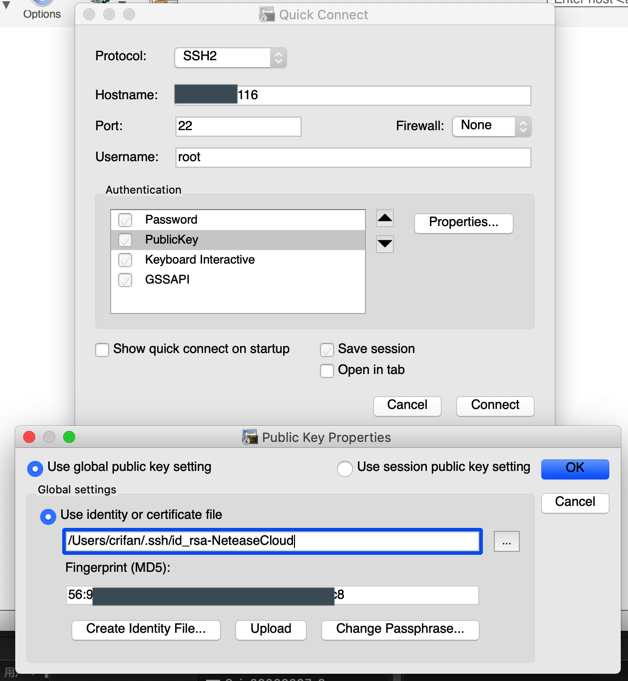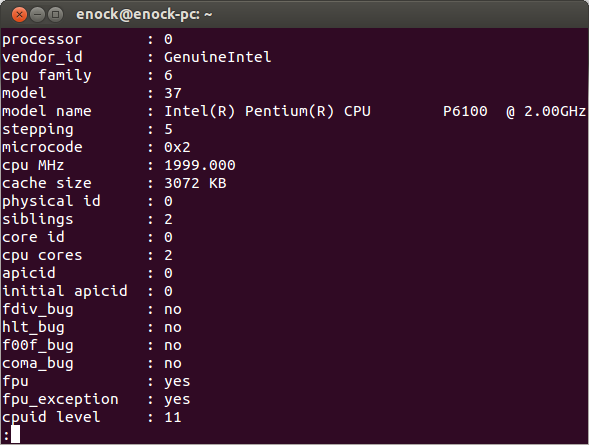

- #Proc cpuinfo mac how to#
- #Proc cpuinfo mac mac os#
- #Proc cpuinfo mac mac#
gives no information, due to an error in the command implementation. (The old version still worked perfectly well if you just ignore STDERR, which is all the modification does for you.) When this question was asked the OP did not say that he wanted the number of LOGICAL cores rather than the actual number of cores, so this answer logically (no pun intended) answers with a way to get the actual number of real physical cores, not the number that the OS tries to virtualize through hyperthreading voodoo.ĭue to a weird bug in OS X Yosemite (and possibly newer versions, such as the upcoming El Capitan), I've made a small modification. Hw.logicalcpu_max: The maximum number of logical processors that could be available this boot. Hw.logicalcpu: The number of logical processors available in the current power management mode. Hw.physicalcpu_max: The maximum number of physical processors that could be available this boot. Hw.physicalcpu: The number of physical processors available in the current power management mode. This number can change when power management modes are changed. Use this number to determine the number threads to create in SMP aware applications. Hw.activecpu: The number of processors currently available for executing threads. Use this value for sizing of static per processor arrays i.e. Hw.ncpu: The maximum number of processors that could be available this boot. Interesting values to use in place of "hw.logicalcpu", which counts cores, are (from this comment in the kernel source): Sysctlbyname("hw.logicalcpu", &count, &count_len, NULL, 0) įprintf(stderr,"you have %i cpu cores", count) #Proc cpuinfo mac mac#
There are probably other methods as well, but these two are detailed and give you the information you need.įor the record, and for more average Mac users, there is a much easier way to get this information, just go to “About This Mac” under the Apple menu.To do this in C you can use the sysctl(3) family of functions: int count Still in the Terminal, enter the following command string:

On the other hand, if you don’t want the model number and simply want processor name, speed, and the number of processors, you can use grep with system_profiler.
#Proc cpuinfo mac how to#
How to Get CPU Processor Details of Mac via Terminal with system_profiler That detailed output of sysctl is advantageous because it reports back the chip model as well. This is basically in the following format: Chip Brand – Processor Type and Chip Model – CPU Speed The example output may look like any of the following:

To get started, launch the Terminal in Mac OS, located in /Applications/Utilities/ and then issue the commands as follows, depending on the CPU information you’d like to reveal.įirst we’ll use sysctl because it give us everything on one easy to read line: How to Find Mac Processor Details & CPU Speed via Command Line with sysctl
#Proc cpuinfo mac mac os#
These tricks work on virtually all Mac OS versions and CPU architecture types. We’ll show two ways to grab a Macs CPU details from the command line of MacOS and Mac OS X.







 0 kommentar(er)
0 kommentar(er)
